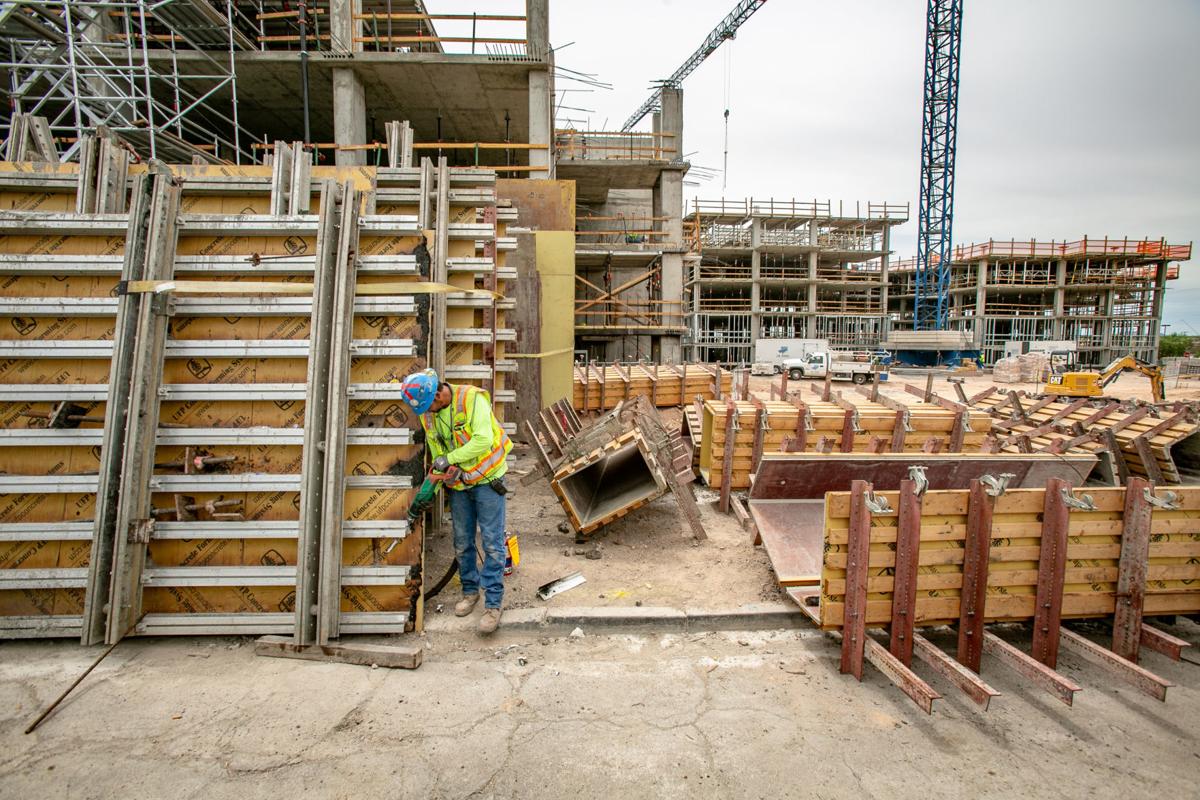Arizona companies shed workers last month but the state’s jobless rate still dropped a tenth of a point.
New figures from the state Office of Economic Opportunity put the seasonally adjusted unemployment rate for July at 4.6 percent. That compares with the U.S. rate of 3.9 percent, which also is down by a tenth of a point.
But the total number of people working, as reported by employers, dropped 17,500.
Part of what’s behind that apparent disparity is that phrase “seasonally adjusted.”
Put simply, it’s not unusual for Arizona to lose workers in July.
Most of the change is from people in education like custodians and food service who are technically “unemployed” when the school year ends. But hotels, bars and restaurants also shed jobs as tourism dries up, particularly in the state’s two largest metro areas.
But here’s the thing: That month-over-month drop of 17,500 jobs overall and 4,400 in the private sector is less than what Arizona has been experiencing since the end of the recession. So fewer jobs lost than normal translates to a lower unemployment rate.
And there’s something else: The number of jobs gained or lost is based on surveys of employers; the unemployment rate is based on a survey of people, whether they’re working and, if not, whether they’re looking for work. And the two surveys don’t always align.
Statistical issues aside, there are other signs of an improving economy.
One is a separate figure kept by the state of the percentage of people who have part-time jobs — meaning they’re counted as “employed” — but are looking for full-time work.
That figure peaked in Arizona at 18.7 percent in 2011. By a year ago it had dropped to 10.5 percent and now is at 9.1 percent.
Doug Walls, the agency’s research administrator, said that means more of these people are finding those full-time jobs they want.
Looking at individual sectors of the Arizona economy, Walls said jobs in leisure and hospitality — those hotel, restaurant and bar workers — dropped by 3,600 between June and July.
But that pattern is not statewide.
“There are some gains around the state, primarily in our northern metro areas,” Walls said, saying it comes as “individuals from the lower half of the state escape up north to beat the heat.”
Coconino County, for example, added 300 employees in this sector, with similar gains in Mohave County. Even Cochise County picked up a few new jobs.
But in Yavapai County, hotels, bars and restaurants actually saw employment drop by 200 between June and July.
Elsewhere in the economy, manufacturing continues to add jobs, growing 5.1 percent in the past year led largely by sharp gains in hiring by companies that make computers and electronic parts. Still, Walls said the industry has not fully recovered from the job losses of the recession.
Overall, Walls said Arizona is outperforming the national economy, not just in pure numbers but also in the breadth of the state’s recovery.
For example, that 5.1 percent year-over-year growth in manufacturing compares to 2.6 for the rest of the country. And construction employment in Arizona is up 10 percent in the past year, versus 4.2 percent for the nation as a whole.





